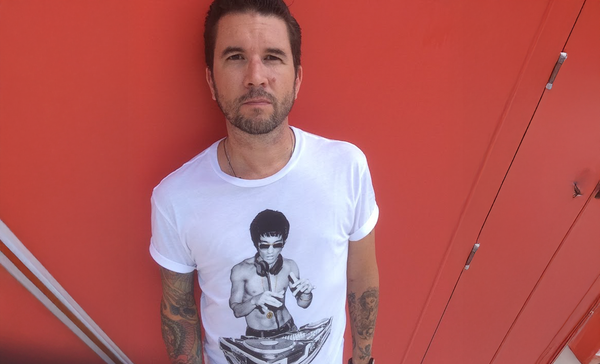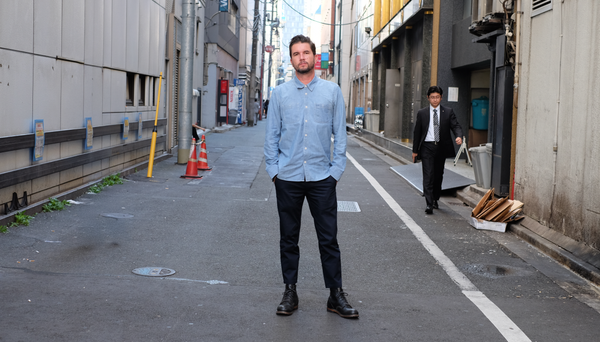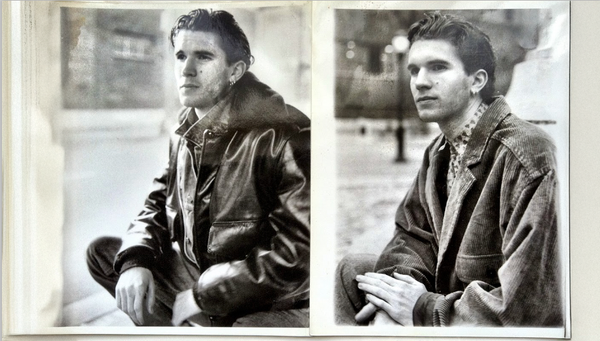The Trillion Dollar Audience You Refuse to See. They’re reinventing, spending, and reshaping categories while you take a nap.

I’ve spent the last two years writing about the Epilogue Economy.
Not just a few posts here and there, but dozens of essays, articles, and provocations. I’ve argued that one of the greatest untapped growth markets of our time isn’t about Gen Z, or AI, or the metaverse. It’s about the people who have already lived through change, built wealth, accumulated loyalty, and are now navigating the most profound transitions of their lives.
The Epilogue Economy™ is the economic engine powered by people over 50. Those navigating reinvention, identity shifts, and life after the midpoint. These aren’t consumers winding down. They’re gearing up. They hold the most wealth, the most experience, and the most unmet needs.
And yet they’re the least seen, the least served, and the most underestimated.
The Epilogue Economy isn’t an idea I’ve floated casually. It’s been a through-line in my work. I’ve called it out in keynote talks. I’ve sketched frameworks. I’ve shown the data. I’ve written again and again about why brands cannot afford to ignore this audience.
And the response has been, on the surface, encouraging.
- “You’re so right.”
- “It’s about time someone said this.”
- “This is exactly what our industry needs to hear.”
But here’s the thing: not once has my phone rung. Not a single email. Not a single meeting request. Not one CMO saying: “Let’s explore this together.”
That’s what puzzles me.
According to LinkedIn, my audience isn’t a crowd of interns hitting ‘like.’ Twenty percent are MDs, CDs, or higher, firmly in the management layer. Twenty-seven percent are from advertising and marketing. Nearly sixty percent identify as senior, director, or C-suite level. In other words, the very people who shape strategy, approve budgets, and decide where brands show up.
And yet, silence.
The Data Doesn’t Whisper. It Shouts.
This isn’t about me. Well, in truth, it is about me, because I am a member of the Epilogue Economy. I’m concerned because the silence reveals something larger: a system so biased toward youth that it literally cannot process the value of older audiences even when the case is laid in front of them.
Because the case is staggering:
- Adults 50+ in the US alone will wield $28 trillion in spending power by 2050, the most significant economic resource in history, yet only 5–10% of marketing budgets target them.
- In Asia-Pacific, they already drive 27% of the region’s $7 trillion annual spending, with outsized influence in luxury travel (42%) and premium health and wellness (38%).
- Brands with age-inclusive strategies see 19% higher customer lifetime value and 27% faster market penetration for new products.
- Mature consumers have 22% higher online-to-offline conversion rates than Gen Z, with an average order value 37% higher.
- And far from “slowing down,” 68% of 55–75 year olds pursue new hobbies or skills annually, fueling growth in edtech and second-career services. This “permanent beta” mindset defies outdated retirement stereotypes.
This isn’t a niche. It’s a powerhouse. And yet, in advertising, it remains invisible. Invisible, not because it doesn’t exist. Invisible because we’ve chosen not to see it.
And that should worry every leader in this industry because invisibility is more than a creative blind spot. It’s a business failure.
What Are You Waiting For?
I don’t underestimate the challenge. This is a brutally tough market. Agencies are fighting just to stay relevant in a landscape where procurement squeezes margins and AI threatens to flatten differentiation. Brands are under relentless pressure to find new areas of profit in a world where consumer confidence is shaky, attention is fragmented, and loyalty is harder to earn than ever.
Everyone is looking for growth, but the levers that used to work aren’t delivering the same returns. Connecting with markets today isn’t just about clever creative. It’s about finding audiences with real spending power, real intent, and real momentum. And that’s exactly why the silence around the Epilogue Economy is so baffling.
I keep coming back to this: I’m not frustrated that no one has called me. I’m concerned that no one is calling anyone about this. Two years into making the case, senior leaders still nod politely but don’t act.
One brief. One. In two years, only one has called out a need to understand those over 50, and it was for a commercial bank and the UHNW market segment. Not mass, not mainstream, but at least it wasn’t considering this market as just a drop down in a form that was labeled 50+.
It suggests the blind spot runs deeper than demographics. It suggests we’ve built a marketing system so addicted to the currency of youth that it literally cannot recognize value outside of it.
But here’s the reality: the Epilogue Economy is not waiting. People in midlife and beyond are reinventing themselves, reshaping industries, and spending in ways that reflect both experience and aspiration. They are making choices today that will define categories tomorrow. Many in this market are going through well-earned transitions in life, and are ready for and open to change, in services, in products, and in their future as consumers.
The question is whether brands will see them in time.

I am The Epilogue Economy.
The Epilogue Economy isn’t a theory. It’s happening right now. The data is clear, the spending power undeniable, the cultural shifts already underway. The only missing piece is leadership willing to act.
If you’re a CMO trying to find new growth, if you’re an agency struggling to prove relevance, if you’re a strategist searching for a bigger story to tell—this is it.
Because ignoring the Epilogue Economy won’t make it go away. It will only make the opportunity belong to someone else.



